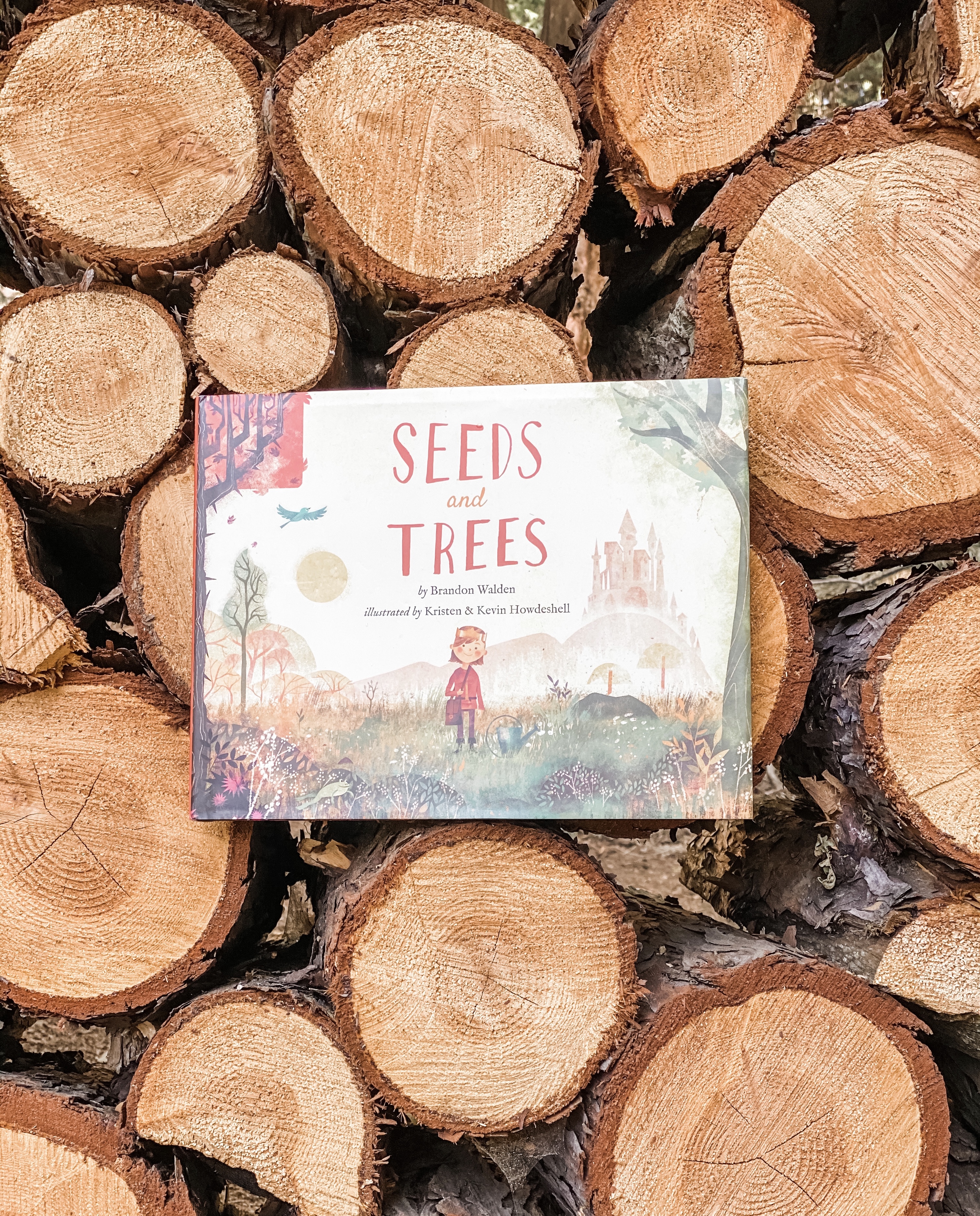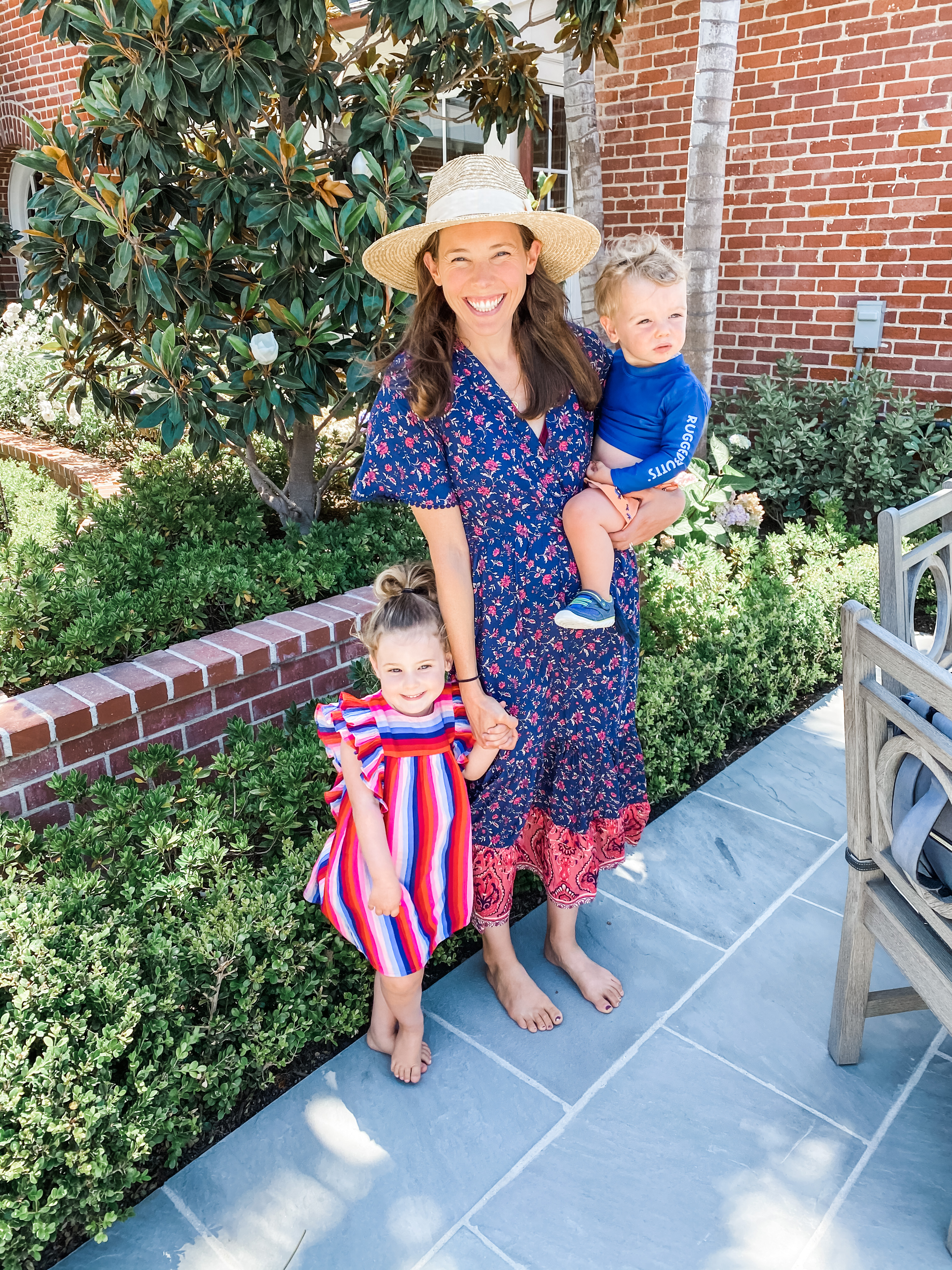Seeds and Trees by Brandon Walden is about a young prince who receives “seeds” from all of the people he speaks to in a day. Sometimes the seeds are green, and sometimes they are black, depending on whether the words exchanged were kind or not.
Every day, the prince goes into his forest, plants his seeds and tends to his trees. Since he doesn’t know that he has the power to do otherwise, the prince cares for the good and bad trees equally. Eventually, the young prince grows into a man, and his seeds grow into a forest of beautiful green trees, and ominous dark trees. The more he tends to them both, the more the prince begins to realize that the dark trees seem to be having a deleterious effect on the others.

When I taught 8th grade (I now teach 7th), my class always read The Strange Case of Dr. Jekyll and Mr. Hyde by Robert Lewis Stevenson, which is a story about dual identities, as well as the essential roles good and evil play in our everyday lives. Before I taught this book, I always thought of Jekyll as an “evil” character who chose to turn himself into a monster. However, in the novel, Stevenson’s Jekyll is actually a pretty sympathetic guy. He, like of all us, is just trying to figure out how to temper the evil impulses he recognizes, and dislikes, in himself. In the novel, he hates the fact that he feels the temptation to be bad, so he separates that part of himself from the good, only to find that the two can’t exist untethered to one another.
When introducing this book, we always read the Cherokee Legend of “The Two Wolves.” In this story, a grandfather tells his grandson that everyone has “two wolves” inside of him/her: a good one, and a bad one. There is no avoiding this fact, and no way to get rid of the bad one entirely. However, the grandfather says we can control which wolf has more power over our lives by deciding who to “feed” with our attention, and daily actions.
In all of these stories, the first thing that sticks out to me is the inevitability of “evil”: in the world, in ourselves, and in the actions of others. In Seeds and Trees, preventing the seeds from being handed out in the first place is never an option. These characters seem to know full well how futile it would be to try and control what other people choose to contribute to the world. I also like to think of this story, not just in terms of the battle between “good” and “evil,” but in terms of all of the “helpful” and “harmful” habits we all develop when learning how to interact with the world, and other people.
For example, I have always lived with a pretty high level of anxiety. I have spent a lot of my life feeding into my fears and living the worst case scenarios before they ever happen. At times, I have let anxiety take a toll on my friendships, my work, and even my health.
As I mentioned in a previous post, when my son, Max, was five weeks old, he came down with a bad virus, which turned into meningitis and landed us in the PICU. At the time, I was already in the throes of my “normal” postpartum anxiety, so Max’s illness, and the resulting total lack of sleep, really put me over the edge. I told myself that the only way to keep him safe, was to keep “feeding” the anxiety. I thought that I could only be the best advocate for my son if I stayed hyper-alert and on-edge. I had to watch everyone, and everything, even in the middle of the night. If I let my guard down, the worst would surely happen.
After Max recovered, the effects of this mentality still lingered. A few weeks later, I was sitting in my therapist’s office, telling her that I just couldn’t shake the lingering fear. It had been two weeks since our hospital stay, and I had pulled my daughter out of school, committed to an insane daily cleaning regimen and avoided other people like the plague. I felt like I had failed my son once by letting him get sick, and I wasn’t going to let it happen again.
My therapist considered this and replied with something along these lines: She told me that I could choose to view the future with fear, or I could choose to use the past to empower me going forward. Instead of being afraid that it would happen again, I could look at Max’s illness as the success story that it was. I could give myself credit for facing the problem head on, dealing with it, and coming out on top. I could tell myself that we had survived it once, and now knew, for sure, that we could survive it again.
At this point, I was so accustomed to feeding into my fears and anxieties that I hadn’t even considered the alternative: that, instead of fear, I could feed hope instead.

In Walden’s book, the prince doesn’t realize what he’s doing when he wanders around his forest, tending to his evil trees. He thinks he has to accept both types of seeds (the good and the bad) and give his heart to them equally. He doesn’t see how insidious the bad seeds are, because its their roots that are doing the real damage, strangling the good trees in secret, from below.
In Jeckyll and Hyde, Jekyll thinks that, if he separates his “bad” self from his “good” one, the good will be allowed to thrive on its own. However, in doing so, he ends up spending so much time in his evil persona that he almost entirely forgets to feed his “good,” allowing it to whither, die, and trap him in the bad.
Today, we are all living through a time where it is easy to allow ourselves to constantly give in to feeding our fears and anxieties. This past week, I have been looking into childcare options for when I go back to work in the fall, and all of them feel scary. Many days, I have found myself back in the same self-destructive patterns of imagining the worst case scenarios, and how they would all be my fault if, and when, they came into fruition.
At the end of Seeds and Trees, the prince’s friend (strong female hero alert!), open’s the prince’s eyes to the error of his ways, and brings him the tools he needs to start combating the negativity that he has allowed himself to sow in his own life. This friend helps the prince cut down the bad trees, dig their roots out of the earth, and throw any remaining seeds of negativity out into the ocean where they belong.
So I guess the lesson here is that, to be as successful as the prince was in the end, I need to be aware of how I am tending to my own garden. I need to be conscious of what I read, who I listen to, and what feelings I hold on to. But this book also reminds me that I can’t really do all this alone.
In times of anxiety, especially ones which require us to be so isolated from one another (like right now, for example), it is so important for us to reach out (to friends, family, professionals, etc). When we get trapped in our own heads, we are sometimes blind to the ways in which the thoughts we think are protecting us, are actually harming us. It was not until the prince in Seeds and Trees saw himself through his friend’s eyes that he realized how crazy he had been to water his bad seeds, and what he had to do to fix it.
Even in this time when we can’t be with each other in person, we need to be there for each other as best we can. We need to help each other weed out the negativity and fear we are being bombarded with on a daily basis, and try our best to grow something beautiful in spite of it.
Let me know in the comments what you guys are doing these days to “tend to your gardens,” and check out the links below to find the books.
The Books (Click to Purchase):


